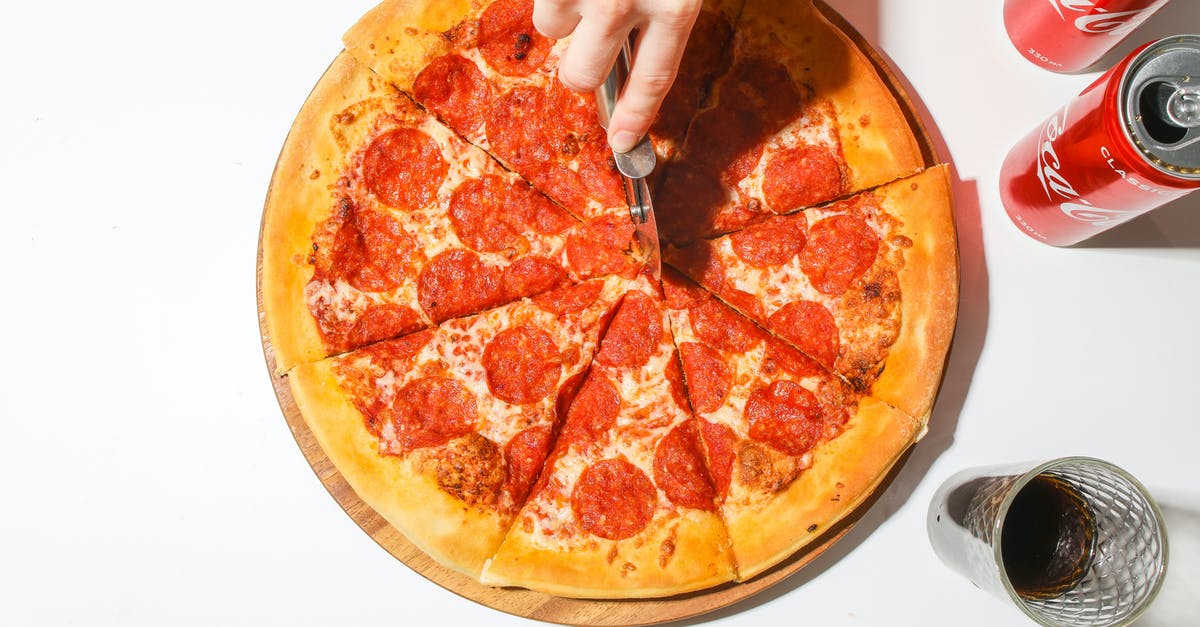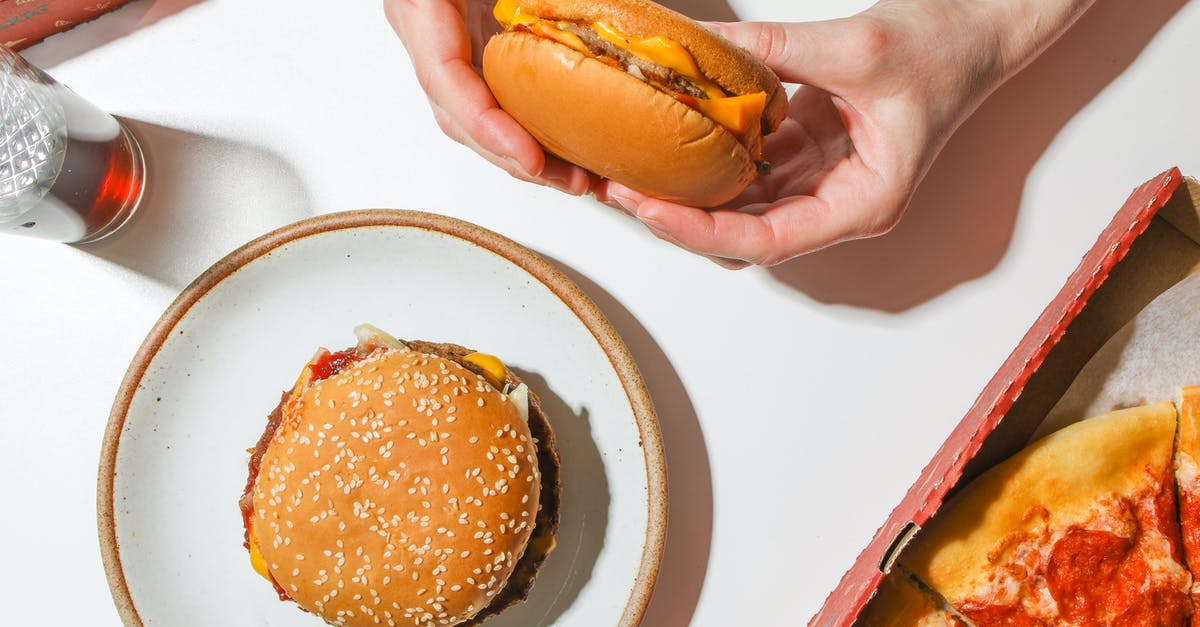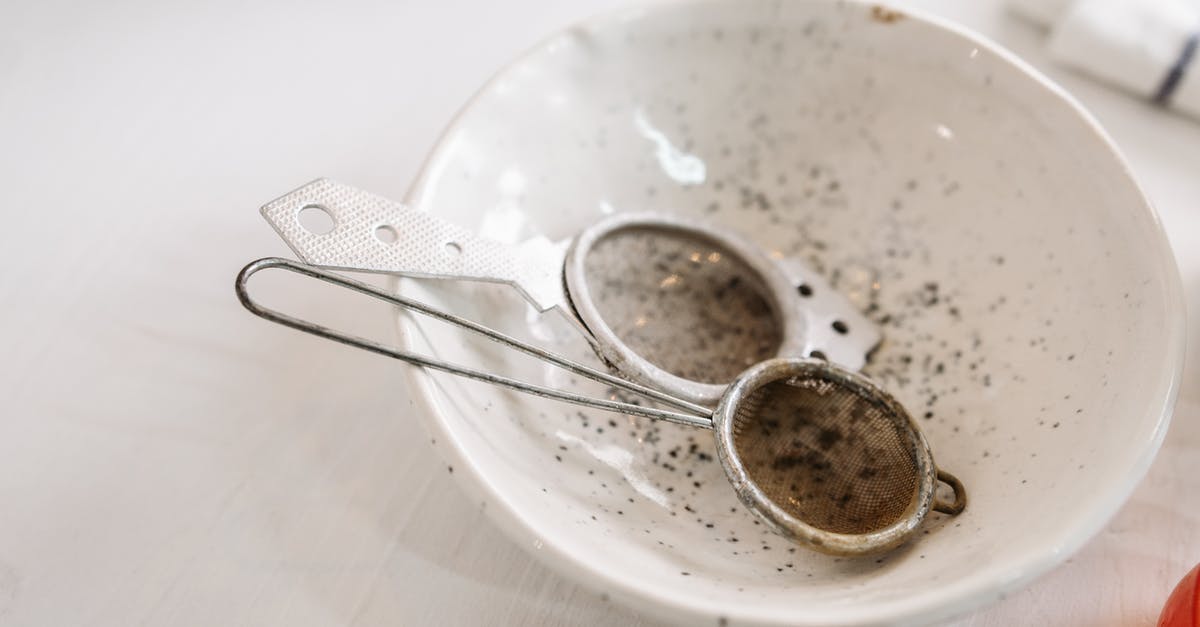How should baking soda be used to tenderize meat?

At some Chinese restaurants, I've had beef dishes where the meat was unusually tender. It also has a somewhat unusual texture, which is hard to describe. I understand that this is a result of using baking soda to tenderize the meat.
How should one use baking soda to tenderize meat? And can the technique be applied to other tough meats like chicken or pork?
Best Answer
I once worked in a Chinese restaurant and we used it for beef only, It was always the same, 1/4 teaspoon baking soda per lb of meat (lean meat, we used top round), tablespoon ShaoXing wine, pinch of salt and clove of garlic mashed. Marinated about 15-20 minutes, then "blanched" in hot oil for about 30 seconds, meat will look horrible after this last step, grey and ugly but when added your stir fry it will be tender and juicy. You can also use the egg white marinade with cornstarch, Shaoxing wine, white pepper, soy sauce...marinade 1/2 hour...blanch in hot oil. We used that marinade on chicken and didn't use that on beef as it does leave a slight coating that was not wanted in beef. As far as the baking soda leaving a taste....I never noticed it as it was not that much. Also when using the baking soda marinade, you should throw the meat into the bowl with force and manipulate it with your hands for a few minutes to activate the process faster, we used to slam it into a large bowl with as much force as we could. The meat will feel slimy, that is normal. Try it and let me know.
Pictures about "How should baking soda be used to tenderize meat?"



More answers regarding how should baking soda be used to tenderize meat?
Answer 2
Add the baking soda to the cut meat and then wash it off. Measure about a teaspoon in your palm and then sprinkle it over the thinly sliced meat from high up. This way you get a thin layer over all the meat. Wash after some time (you can do it overnight). There is an eHow that you may follow
The baking soda will work like other meat tenderizers, by denaturing the proteins on the surface of the meat, so it should work on pork or chicken as long as the baking soda is on the meat (and not the skin or fat). The tenderizers penetrate the meat very slowly, millimeters per day at refrigerator temperatures, faster at cooking temperatures, so in practice it will only work on thin slices. If you use thicker pieces, you will still change the meat's surface texture.
If you use the baking soda straight into the dish in the same proportion (some people like it this way), adjust your salt accordingly, as the baking soda will make the dish salty.
Answer 3
The goal of using Baking Soda in treating meat, generally beef, is one wanted to tenderize cheaper cut of beef such as round steak, for stirfry dishes, e.g., stirfry beef and Chinese Brocoli. Pork and chicken generally are not very tough after cooking hence will not require treatment with meat tenderizer or baking soda.
When round beef was cut in small pieces, not necessary very thin cut, stir fry them would result in very chewy meat because the meat is in contact with oil for very short time. Pre-treatment with baking soda will make the meat very tender after stirfry but the baking soda did leave a strong alkaline taste which is very unpleasant.
So it is very important to adjust the amount of baking soda and the time of exposure of meat to it as well as proper washing of treated meat with fresh water containing some lemon juice or rice vinegar to remove excess baking soda taste is very important. After removal of excess baking soda, the beef will be marinated with spices, oyster sauce, pepper, garlice etc... to enhance the taste of the final product.
Bon Appetit
Answer 4
The effect of sodium bicarbonate on meat was aimed at making cheap cut (round beef etc...) acceptable for stir fry dishes (e.g., Beef and Chinese broccoli). Round beef even beaten up with a meat tenderizer hammer is still chewy.
Having the round beef sliced thinly help but even with extensive wash out, there still remain an alkaline taste which is overbearing.
I found the following approach worked for me.
Cut the beef thinly then sprayed with sodium bicarbonate generously. Leave in refrigerator overnight. The next morning clean the slices with tap water for at least 15 minutes. Then add to the slice half a cup of vinegar (cheap quality is ok. No need for Kikkomen Rice Vinegar costing as much as a cheap .wine. The vinegar which is acid will interact with residual Sodium Bic .After 15 minutes wash again profusely with tap water The reason that this technique works was because it is very easy to wash out remaining vinegar which interact with the remaining sodium bicarbonate to free CO2 which emerged as tiny bubbles. Since Vinegar can be washed out much faster than sodium bicarbonate that form strong bindings with meat, your thin slices will be tender without alkaline after taste. Voila
Answer 5
I wondered much the same how the Chinese takeaway got their chicken so tender and googled the question and found the answer below. I cannot credit the writer as I did not keep a note, but I can tell you it works. I have not tried it with beef though, but having just done a beef curry with diced beef that has been in the freezer for over two years and was a bit tough I might give it a try.
Chinese chicken with bicarbonate.
You might wonder, as I did, how the chicken is always so tender in Chinese restaurants? I asked the woman in a Chinese supermarket how it was done and this is what I was told. All I can say is, it may sound strange, but it works! Frying cubes of chicken can sometimes result it being a bit on the tough side.
Follow this and the chicken will be fantastic:First, get a small piece of paper and write yourself a note saying 'Rinse'.
Now in a small bowl, mix together the following:
- 2 teaspoons of cornflour (known as cornstarch in the US)
- 2 teaspoons of baking soda
- 2 teaspoon of Shaoxing (Chinese rice wine)
Add the cubed chicken and stir so it is fully coated with the mixture. It won't look like there is enough but there is to cover the chicken but there is.
Cover the chicken with cling film and put the note on top. It's so, so easy to forget the rinse the chicken and if you don't you won't be able to eat it because of the baking soda taste! So after 20 minutes or so, remember to rinse the chicken and pat dry with kitchen paper before cooking.
Answer 6
you can tenderise any meat by use of baking soda rub, sprinkle on a few teaspoons and massage into meats, cover it with film for a few hours in the fridge, massage again and thouroughly rinse off soda and pat meat dry, works wonders
Answer 7
baking soda contains sodium its actual name is sodium bicarbonate. Baking soda contains carbonate which reacts (along with the sodium) with the water in the meat to forms carbonic acid thus acting as an acid the breaks down proteins. Also, the sodium does the same and encourages water retention by drying out the surface of the meat while keeping the inside moist, I've used this method from everything from fried chicken, turkey, and Peking duck.
Answer 8
I read this on tastingtable.com. I haven't tried it yet but it is similar to advice given already:
Dissolve baking soda in water (for every 12 ounces of meat, use 1 teaspoon of baking soda and ½ cup of water).
Soak the meat in the solution for at least 15 minutes.
Remove and rinse.
Cook as desired, then bite into a seriously tender piece of meat.
Sources: Stack Exchange - This article follows the attribution requirements of Stack Exchange and is licensed under CC BY-SA 3.0.
Images: Polina Tankilevitch, Polina Tankilevitch, Polina Tankilevitch, Pavel Danilyuk
